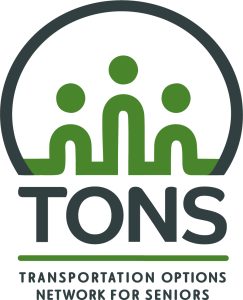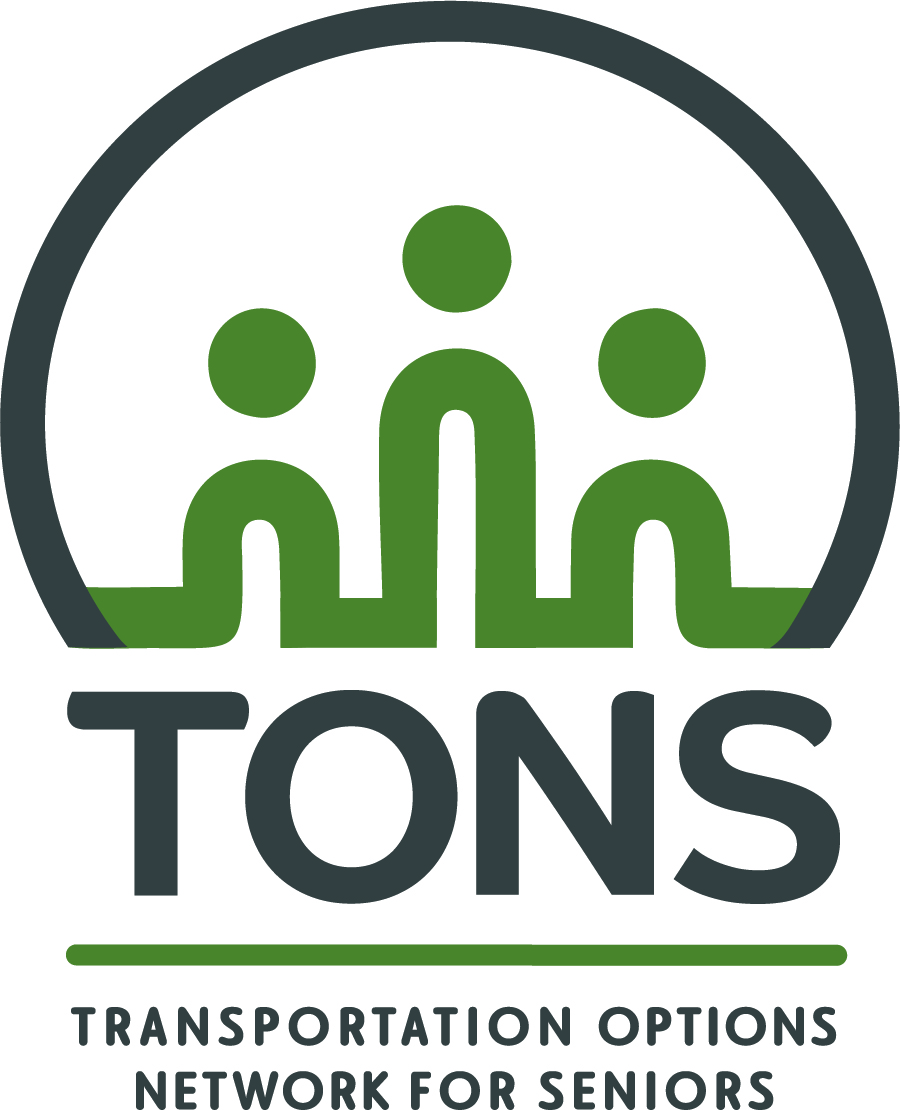Our Background
Several years ago a wide-range of community stakeholders concerned about the inadequacies of transportation options for older adults came together to form the Seniors Transportation Working Group (now called T.O.N.S.). The group has been involved in a range of activities, projects, programs and research that has developed a greater understanding of the issues related to providing adequate transportation for the older population of Manitoba.
According to T.O.N.S., an innovative model envisioning a multimodal coordinated system and including an assortment of stakeholders from both the private and public transportation sectors was required to provide travel alternatives to driving for older adults. The model views transportation on a continuum from independent travel to dependent travel and mobility.
Through a process of research and community consultations that have represented several projects, a workshop held in March of 2008 established an action plan consisting of five strategic priority areas. These areas must be addressed to ensure an adequate continuum of transportation resources that will allow the inclusion of older adults in all facets of community life in Manitoba.
The five strategic priority areas that comprise the action plan to improve transportation for seniors are:
- Provincial Support Services to Seniors program
- Rural transportation
- Private Transportation
- Public Transportation
- Accessible design
Upon consideration of the five priority areas, it became apparent to group members that some actions are more pragmatic and have the potential to be achieved within a shorter time frame. Therefore, the priority areas related to rural, private and public transportation were deemed to be the most relevant in relation to defining and planning the objectives of the group for the coming year.
A clear mandate emerged for the group to move forward in effecting policy rather than providing direct services. The mandate for the group is specified by the following goals:
- To promote a transportation system that provides a continuum of mobility resources for older members of the community,
- To network by building relationships and partnerships, and integrating and facilitating all stakeholders,
- To coordinate and share information,
- To build understanding, education and awareness, and
- To inform policy development.
The structure of the group was transformed to create an umbrella group using a co-chair model (evolved to a single chairperson) and included an executive committee. Furthermore, three sub-committees headed by chairs were established based on the three priority areas of rural, private and public transportation. This structure allowed group members to focus on specific areas of concern, and there is greater clarity in their roles and responsibilities.
The group today continues to work toward the ultimate goal of addressing transportation options for seniors in Manitoba.

